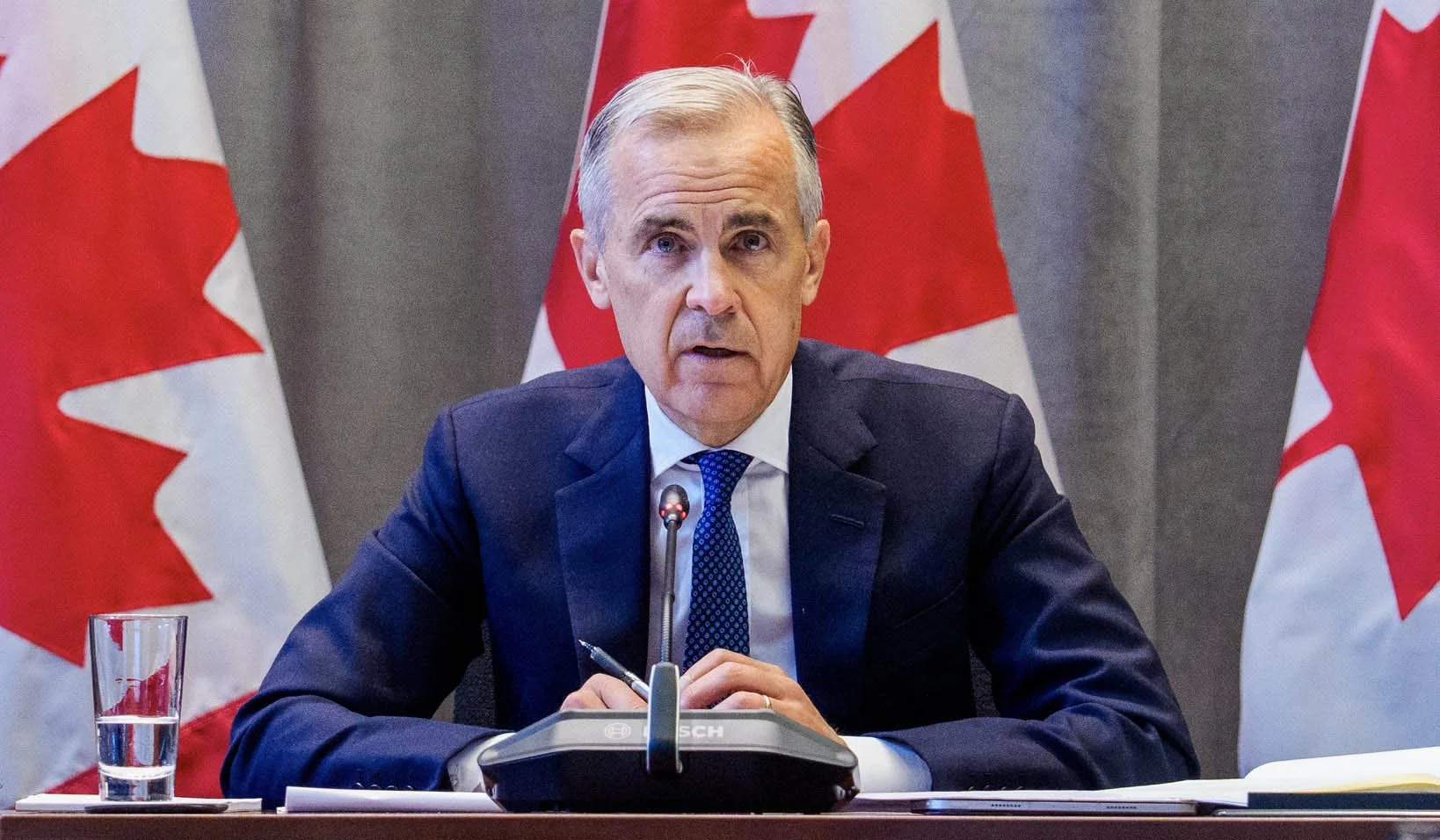Crisis. What Crisis?
‘Lacking a serious crisis or a declaration of victory, the question is how long Canadians’ patriotic fervour, the glue of Carney's election win, will last in the absence of dire results from Trump's threats?’, writes Ken Polk. / TWITTER PHOTO
Think back to April. Prime Minister Mark Carney’s Liberals rode back to power on a wave of Canadian patriotic fervour sparked by U.S. President Donald Trump’s serial threat of what was portrayed at the time as a Canadian tariff armageddon. For good measure, Carney picked Conservative Leader Pierre Poilievre’s electoral pocket in an extraordinary feat of political legerdemain.
Four months later, one could be forgiven for wondering where the crisis is. True, Trump’s Aug. 1 deadline for a Canada-U.S. trade deal has come and gone without one. Trump has also imposed tariffs on key Canadian exports, such as lumber, aluminum, steel and autos. However, the federal government has already announced a $1.2 billion financial support program for the lumber sector and is working hard to develop similar programs for other sectors. Ontario also announced the programs themselves will likely be greatly vindicated by countervailing tariffs that Canada has imposed on the United States. Moreover, CUSMA shelters the vast majority of goods and services traded with the United States from American tariffs, at least for now.
So, despite the always overheated rhetoric from Trump and the sometimes Churchillian rhetoric from Canadian politicians, the practical impact of the tariffs has been muted. University of Toronto international economics professor Joseph Steinberg was quoted to that effect this week in the Globe and Mail: “The Canadian economy is holding up better than people anticipated in March, and the big reason for that is simply the effective tariff on our products – it isn’t that high.”
As RBC’s Jordan Brennan pointed out in last week’s Means & Ways, part of this reflects savvy negotiating by the Carney team and partly the unavoidable economic logic, notwithstanding the sturm and drang on tariffs coming from the White House, that American prosperity depends on trade with Canada.
Of course, uncertainty is never a good investment. As long as the President continues to use social media platforms to amp up trade pressure, investors will remain skittish. It is also the case that businesses, workers and communities dependent on the export sectors that have been hard hit by Trump’s tariffs are quite justifiably concerned about their impact and whether government support will provide them comprehensive relief. It is also true that the relatively slight impact of tariffs on Canadian consumers may be accounted for by the inventory decisions that businesses made prior to the tariffs being enacted.
But even if you can argue, as some have, that Canada is losing the tariff war, the situation has hardly been as dire as seemed to be the case, to Carney’s advantage, in the run-up to the election.
The Prime Minister is facing something of a paradox. He may in a practical sense, be “winning” the trade war with Trump. The evidence is in its muted economic impact to date. But he lacks a patriotic fulfillment piece, a clear winning statement of the kind that he can trumpet to confirm his smarts and build forward momentum for the rest of his agenda. And as long as businesses continue to need and get support, the federal posture will have an improvisational quality not a winning posture.
Lacking a serious crisis or a declaration of victory, the question is how long Canadians’ patriotic fervour, the glue of Carney's election win, will last in the absence of dire results from Trump's threats? And what could this mean for the rest of Carney’s political agenda?
His pledge to diversify Canada’s export markets cannot yield immediate concrete results for years, if, indeed, it ever does.
Even if he can speed up the approvals of projects of national importance, the projects themselves will take years to come online. The selection process will inevitably result in happy winners and bitter losers.
His pledge of ramped-up defence procurement could easily be stymied by the federal government’s currently labyrinthine purchasing processes.
The pillar of his housing plan is the creation of a wholly new federal agency — Build Canada — richly endowed with funding but sparsely endowed with construction and development experience and expertise.
Finally, his fiscal agenda of capping the federal government's operating budget is, to put it charitably, hard to explain. It is also premised on achieving the kind of digital transformation in service delivery for which the Government of Canada’s record is punctuated by spectacular failures, such as the Phoenix pay system, to name just one.
Take away the patriotic fervour, and Carney's agenda could easily get bogged down in regional conflict and internal federal navel gazing. This is hardly the recipe for the bracing pledge to build “Canada Strong” that was itself the glue of the Liberals’ winning election message.
Now, Trump may simply continue to be the political gift that keeps on giving to the Liberals. But if voters start wondering where the crisis that was warned about is, or the victory that was promised is, Prime Minister Carney could find himself in a real political fix.






